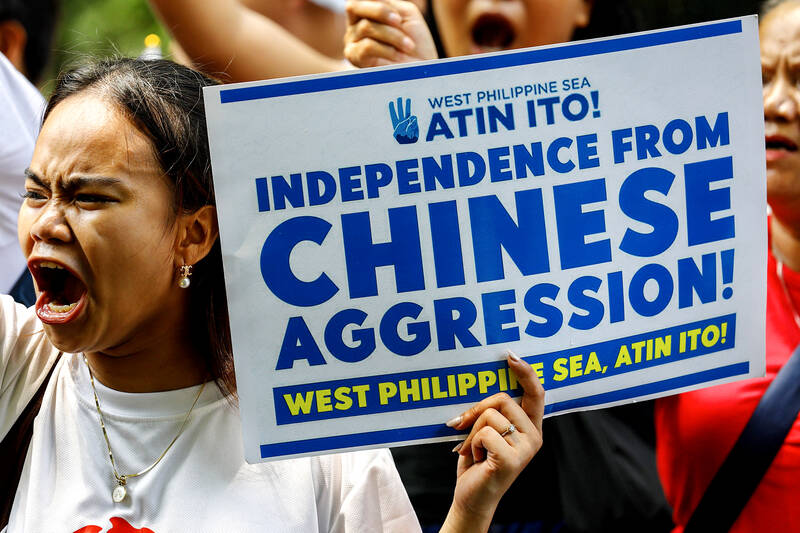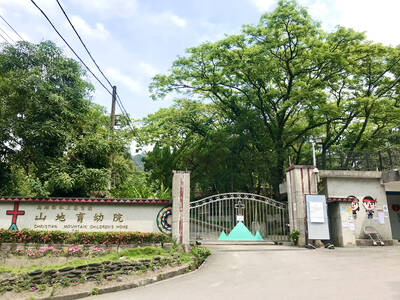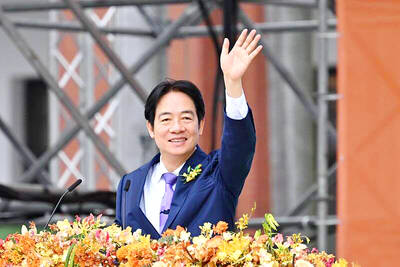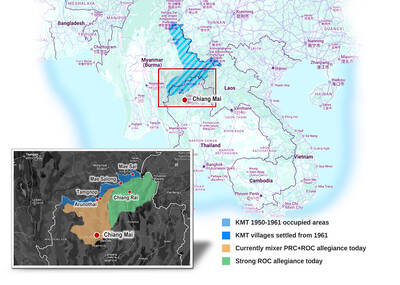The latest round of escalation by the People’s Republic of China (PRC) in its conflict with the Philippines illuminates its plans for its numerous other territorial claims. Swallowing most of the South China Sea, annexing more than a tenth of Bhutan, grayzoning the Diaoyutai Islands (釣魚台), known as the Senkaku Islands in Japan, these activities differ only in the specifics of their methods, the major factor being the presence or absence of the US.
The US factor is the least predictable. The violence against Filipino vessels resupplying a Filipino ship in a Philippines EEZ, which surely must constitute piracy on the high seas, was not aimed at the Philippines. It was aimed squarely at Washington, which, through last week, was still making meaningless noises about the Philippines and go-slowing on Ukraine, while tossing precious missiles at the Houthis and schlepping munitions to Israel to support its war on Gaza, strategically meaningless to the US. US elites could hardly have designed a more self-defeating, febrile set of policies if they had purposefully set out to do so.
Viewed in that context, Xi Jinping’s (習近平) remark, which was leaked last week, to European Commission head Ursula von der Leyen last year that the US was trying to “goad Beijing into attacking Taiwan” looks like he was seeding the propaganda ground, as Putin blamed NATO for his invasion of Ukraine. Accusing one’s opponent’s of what oneself is doing is a common propaganda approach. The attack on Filipino ships and sailors, which including boarding and ransacking them, was designed instead to goad Washington, perhaps into a concrete response that Beijing could use to blame Washington and initiate a war.

Photo: EPA-EFE
As Filipino commentators noted, the Philippines is not helpless. Yet, at some point, Uncle Sam must put in an appearance.
NO-WIN SITUATION?
This strategy appears to pin Washington into an ostensible no-win situation. It can fight back and be blamed for starting a war, or it can do nothing and watch its credit with the Philippines and Taiwan vaporize. The local pro-China parties will pounce on any US failure in the South China Sea.

Photo: AFP
That this situation has arisen is not because the situation is inherently no-win, but because years ago the State Department decided to concede the information ecosphere to the PRC, and because Washington itself has done nothing to root out PRC money in the think tanks that shape US commentary and provide staff for government positions. This means that in the information ecosphere, PRC state scripts can dominate and that, in the Washington commentosphere, there’s a large contingent of pro-PRC commentators. There’s no competing, constant US government script that forthrightly identifies the PRC as the aggressor and explains its lies.
A typical and very routine example of how this works in practice occurred a few months ago. The PRC ambassador to the US, Xie Feng (謝鋒), posted on X (Twitter): “What’s the basic fact about Ren’ai Jiao (仁愛礁,“Second Thomas Shoal”)? — As an integral part of China’s Nansha Qundao (南沙群島,“Spratly Islands”), it’s been China’s territory since ancient times.”
This is rampant nonsense, and of course, there was pushback. Longtime commentator on Asia Bonnie Glaser of the German Marshall Fund wrote in a quote tweet: “What about the basic fact that an arbitral tribunal ruling under UNCLOS that is binding on the PRC and the Philippines ruled that Second Thomas Shoal is within the Philippines’ Exclusive Economic Zone and is a low-tide elevation that can’t be sovereign territory?”
Glaser’s comment was useful, but the inequality between the two was glaringly obvious: Glaser spoke as a weighty but individual commentator, while Xie Feng spoke as the formal representative of a powerful state.
This inequality in commentary is a problem across the entire range of PRC interactions in the information ecosphere. The PRC has occupied the global information space even as it occupied the South China Sea, while the US State Department has left opposition to its imposing information presence to a loose collection of variously informed academics and commentators.
CLEARER MESSAGE NEEDED
It’s 2024, and yet media commentators still write that US policy is that Taiwan is part of China. PRC spokesmen repeat this routinely, yet the State Department never matches PRC lies with historical facts. Where is there a clear and easy reference for media workers to turn to? The State Department Web site remains opaque on this topic, Wikipedia is confusing and despite the desperate need for clarity, its spokesmen repeat the 40 years of stale formulas only cognoscenti can understand.
Imagine if the State Department frequently notified media organs over confusion about its policies, and routinely pushed back on the PRC claim that Taiwan has been Chinese “since ancient times.” Instead, the State Department remains silent, lets individual commentators publish endless, unsupported, disjointed pieces in the media pushing back over and over against the same PRC talking points, and then hires staffers from think tanks that get flows of PRC money.
As I have noted before, the US is careering towards war without the rhetorical frameworks it needs to convince its own people and others of the righteousness of its cause. Meanwhile the Philippines is paying the price for the Obama administrations spectacular South China Sea failures. A decade ago, when the PRC was much weaker, US policymakers — who were taken from, or rotated out to, financial and consulting firms that did business with the PRC — did not decisively act. Afraid of war, they let the PRC have the South China Sea. And now the war they thought they were avoiding looms ever larger, deferred, not banished.
Finally, the escalating scuffle in the South China Sea also sheds light on the claims of PRC appeasers that if the US provides “assurances” to the PRC that it does not support “a permanent separation” of Taiwan from China, then there will be no war.
Note that this crowd is completely silent on giving Beijing assurances that the US does not seek a “permanent separation” of Second Thomas Shoal from the PRC. The PRC claims to Taiwan and to the shoals and reefs of the South China Sea are equally faux territorial claims. Why do assurances keep the peace only in Taiwan? The answer is obvious: because the demand for “assurances” is inherently pro-PRC. “Assurances” turn the aggressor into the aggrieved, hiding the expansionist nature of PRC claims.
The reader might respond with “but Taiwan is a core interest!” PRC aggression against the Philippines again shows us how “core” infuses the phrase with a spurious emotional force designed to short-circuit dispassionate analysis. The PRC is simply making a territorial demand which it believes to be in its interest. Subtract “core” and you have exactly the same situation as in the South China Sea.
If only Manila and Washington had given the PRC assurances, eh?
Notes from Central Taiwan is a column written by long-term resident Michael Turton, who provides incisive commentary informed by three decades of living in and writing about his adoptive country. The views expressed here are his own.

May 18 to May 24 Pastor Yang Hsu’s (楊煦) congregation was shocked upon seeing the land he chose to build his orphanage. It was surrounded by mountains on three sides, and the only way to access it was to cross a river by foot. The soil was poor due to runoff, and large rocks strewn across the plot prevented much from growing. In addition, there was no running water or electricity. But it was all Yang could afford. He and his Indigenous Atayal wife Lin Feng-ying (林鳳英) had already been caring for 24 orphans in their home, and they were in

President William Lai (賴清德) yesterday delivered an address marking the first anniversary of his presidency. In the speech, Lai affirmed Taiwan’s global role in technology, trade and security. He announced economic and national security initiatives, and emphasized democratic values and cross-party cooperation. The following is the full text of his speech: Yesterday, outside of Beida Elementary School in New Taipei City’s Sanxia District (三峽), there was a major traffic accident that, sadly, claimed several lives and resulted in multiple injuries. The Executive Yuan immediately formed a task force, and last night I personally visited the victims in hospital. Central government agencies and the

Australia’s ABC last week published a piece on the recall campaign. The article emphasized the divisions in Taiwanese society and blamed the recall for worsening them. It quotes a supporter of the Taiwan People’s Party (TPP) as saying “I’m 43 years old, born and raised here, and I’ve never seen the country this divided in my entire life.” Apparently, as an adult, she slept through the post-election violence in 2000 and 2004 by the Chinese Nationalist Party (KMT), the veiled coup threats by the military when Chen Shui-bian (陳水扁) became president, the 2006 Red Shirt protests against him ginned up by

As with most of northern Thailand’s Chinese Nationalist Party (KMT) settlements, the village of Arunothai was only given a Thai name once the Thai government began in the 1970s to assert control over the border region and initiate a decades-long process of political integration. The village’s original name, bestowed by its Yunnanese founders when they first settled the valley in the late 1960s, was a Chinese name, Dagudi (大谷地), which literally translates as “a place for threshing rice.” At that time, these village founders did not know how permanent their settlement would be. Most of Arunothai’s first generation were soldiers